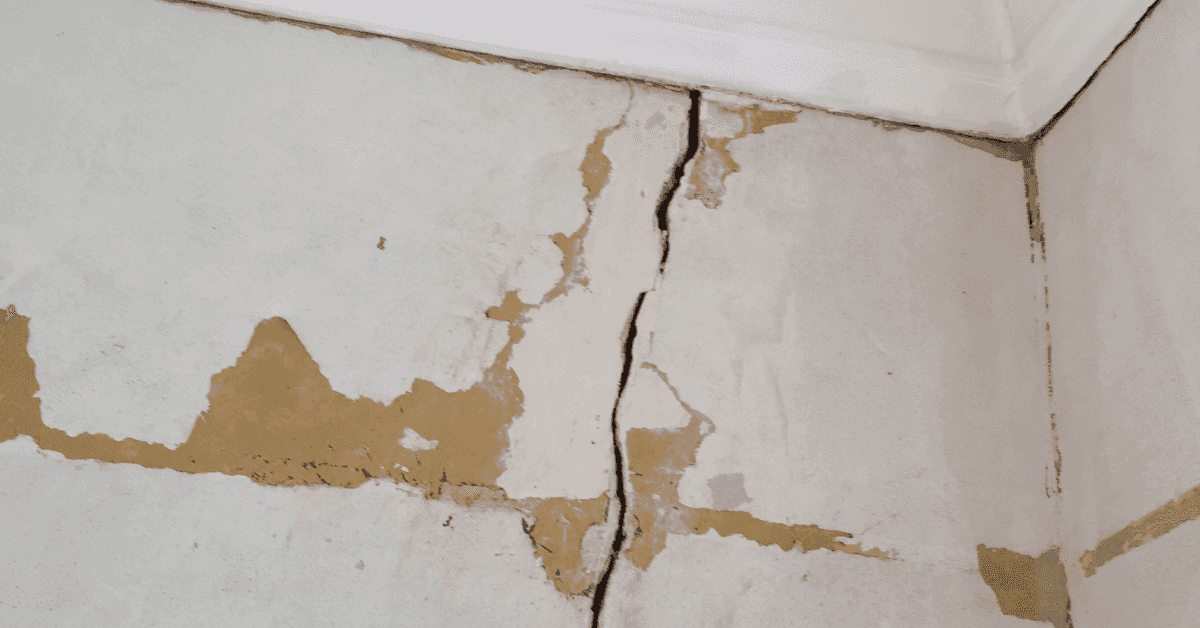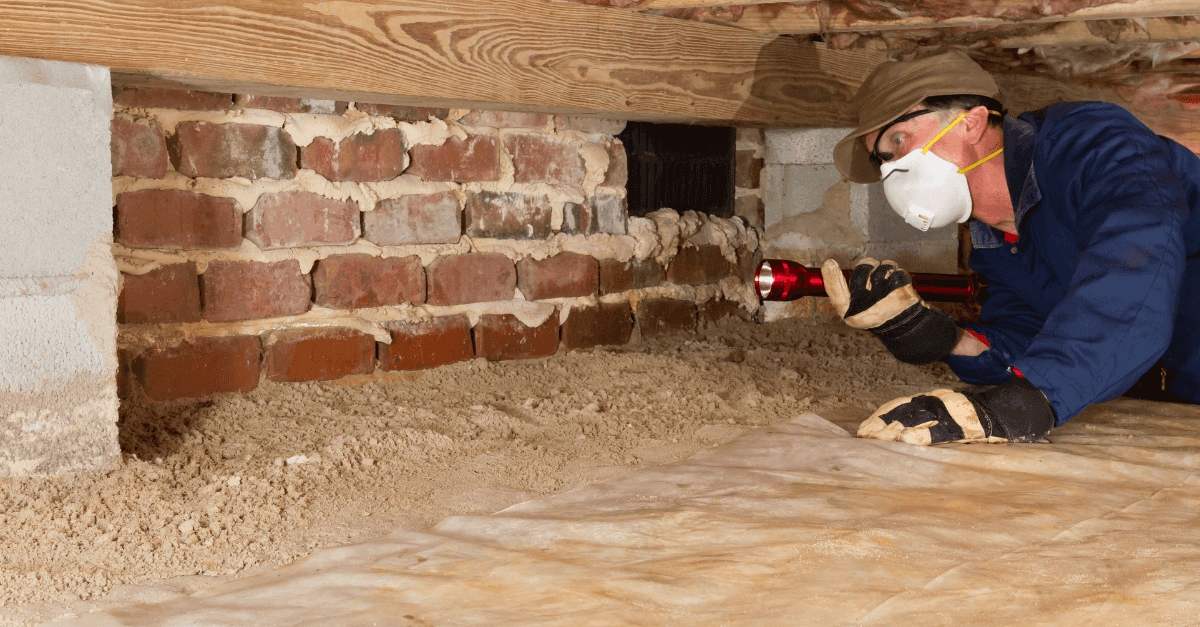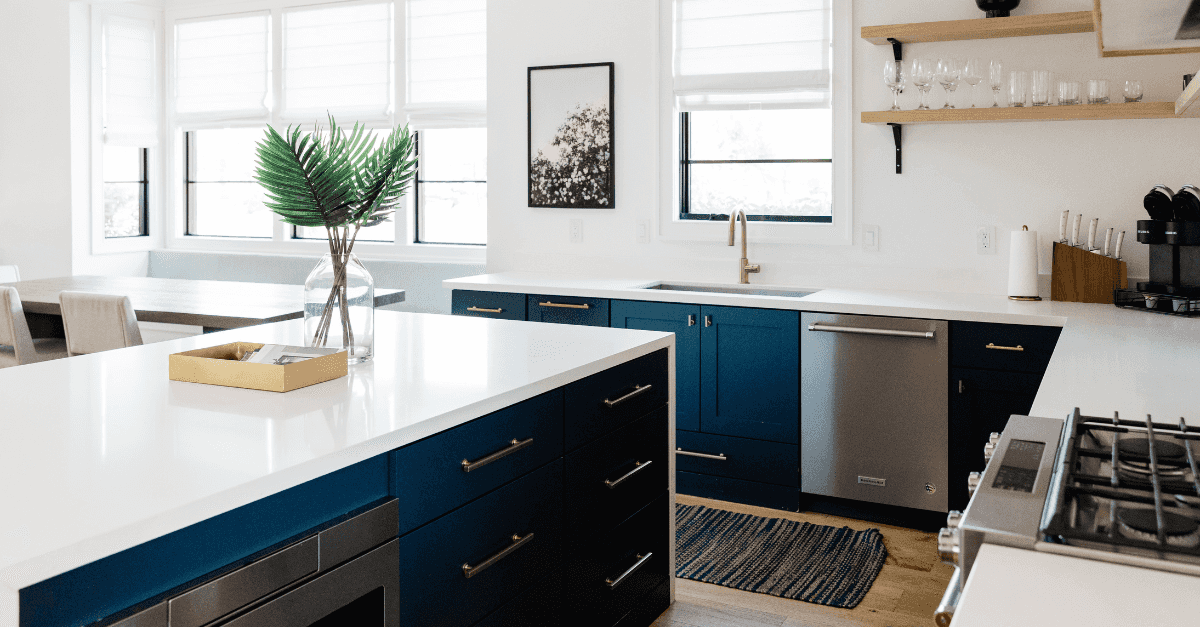Is Your Home Structurally Unstable? Here are 6 Warning Signs

Sure your house can’t talk. But if you pay close attention, it can give you hints of emerging structural issues. Unfortunately, many homeowners dismiss most signs of structural problems as mere annoyances.
Ignoring or misjudging these signs could lead to walls and floors collapsing, endangering the lives of your family, and causing significant property loss. Negligence can also cause the damage to spread to other parts of the house, slash your home’s value, and cost you a fortune to fix the problem.
Below, we will go through six signs that indicate a deeper structural problem in your home.
Sticking Doors and Windows
One of the most common signals that your home could have serious underlying issues is when your doors and windows don’t open or close smoothly. If your doors and windows are sticking, don’t properly lock, or are separating from the wall, you need to inspect your home for additional indications of a structural problem.
Sometimes it may be just a poorly installed door or a stubborn window that needs a little lubrication. But if the problem is present in several doors and windows, it could mean your foundation is shifting and distorting the shape of the frames, causing the doors and windows to jam. A professional foundation inspector will help you pinpoint the root of the problem.
Bouncy and Sagging Floor
Do your floors feel springy when walking on them? Floors that are in good shape should feel solid underfoot. If they’re bouncy, it likely means there’s an issue with the support for the floor. Some floors may also dip, sag or slope from one end to the other.
All these floor problems could signify that one or more of the joists that support the floor have rotted or been damaged by termites. It could also be a sign of undersized beams, moisture in the crawl space, or soil settling. Your best bet is to consult a foundation repair specialist to investigate the problem.
Exterior Wall Cracks
Are you aware that the direction of the crack can tell you a lot about your foundation? Although most foundations will crack over time, knowing the difference between which cracks are normal and which need to be addressed can save your house from extensive damage.
You need to be more worried about horizontal cracks that go from wall to wall, as they may indicate drainage issues putting strain on the walls. Most diagonal and stair-step cracks point to uneven settlement. Vertical cracks are the most common and are typically caused by normal house settlement. Monitor hairline cracks, and have an expert address any fissures measuring over 1/4-inch wide.
Ceiling Cracks
Ceiling cracks aren’t necessarily a sign of structural damage. But sometimes, they can be a tell-tell sign that your home has bigger issues. Cracks on the ceiling begin to appear as your home gets older, when there’s something heavy in the attic, when there’s an overhead leak or when the drywall isn’t installed correctly. In some cases, these cracks can also be triggered by foundation problems.
If your foundation begins to settle, it can apply pressure on your home’s frames, creating cracks that run across the ceiling and down the wall. Foundation issues can also cause the ceiling to sag or gaps to appear between the wall and ceiling. If the gaps are wider than 1/8-inch, consult a reputable home builder to examine the problem and determine the best way to remedy the situation.
Mud Tubes on the Foundation
Mud tubes meandering on the exterior foundation may look harmless at first glance, but can be a very worrying sign that shouldn’t be ignored. These tubes are built by termites to protect them from the sun and predators while traveling between a food source and the nest. The problem is that your home’s wooden members are the food they munch on.
Termites are an extremely destructive pest, and a colony can quickly threaten the overall integrity of your home. Each time you see a new tube, know that they’re looking for an additional wood element to infest. A certified termite inspector will scrutinize all areas of your home, determine the extent of the damage, and develop the best solution to get rid of the critters.
Musty Smells
If there’s a musty smell lingering in your house, there could be serious trouble brewing somewhere in your home. The odor is usually caused by mold or mildew growing in your basement or crawl space. This could indicate that the space down there is moist, so you need to inspect it for leaks, cracks, and other sources of moisture.
As long as there’s dampness, the mold will continue to flourish. Don’t forget mold feeds on materials like drywall, wooden studs in walls, and floorboards. Mold can cause floorboards to cave in and walls to collapse while also contaminating indoor air. You’ll need to eliminate the moisture in your basement, then work with a mold remediation service to get rid of the mold.
Don’t Ignore the Silent Signals Your Home is Giving You
No homeowner wants to deal with unexpected surprises that can stretch your budget. However, every homeowner needs to look out for signs of structural issues and be ready to spend to resolve these problems early. The longer you put off these issues, the more expensive and extensive they’ll be to repair. By paying attention to what your house is trying to tell you and acting fast, you’ll always have a reliable, safe, and comfortable home.
And if you suspect your home has a structural problem, don’t hesitate to reach out to a qualified specialist.


